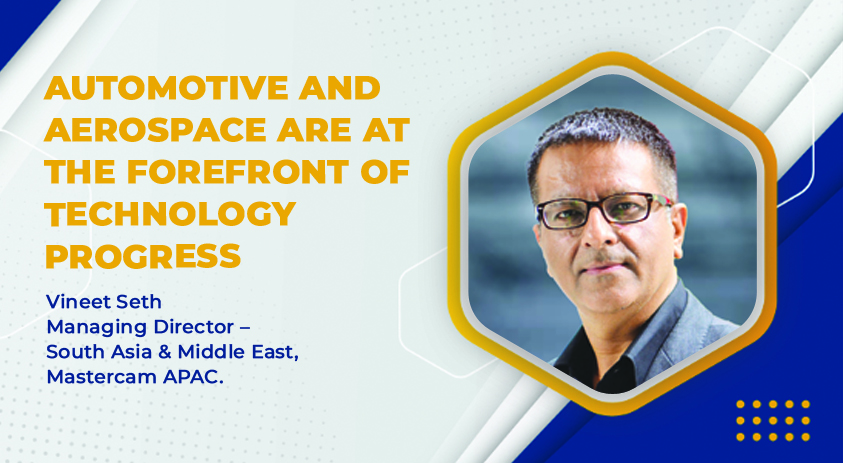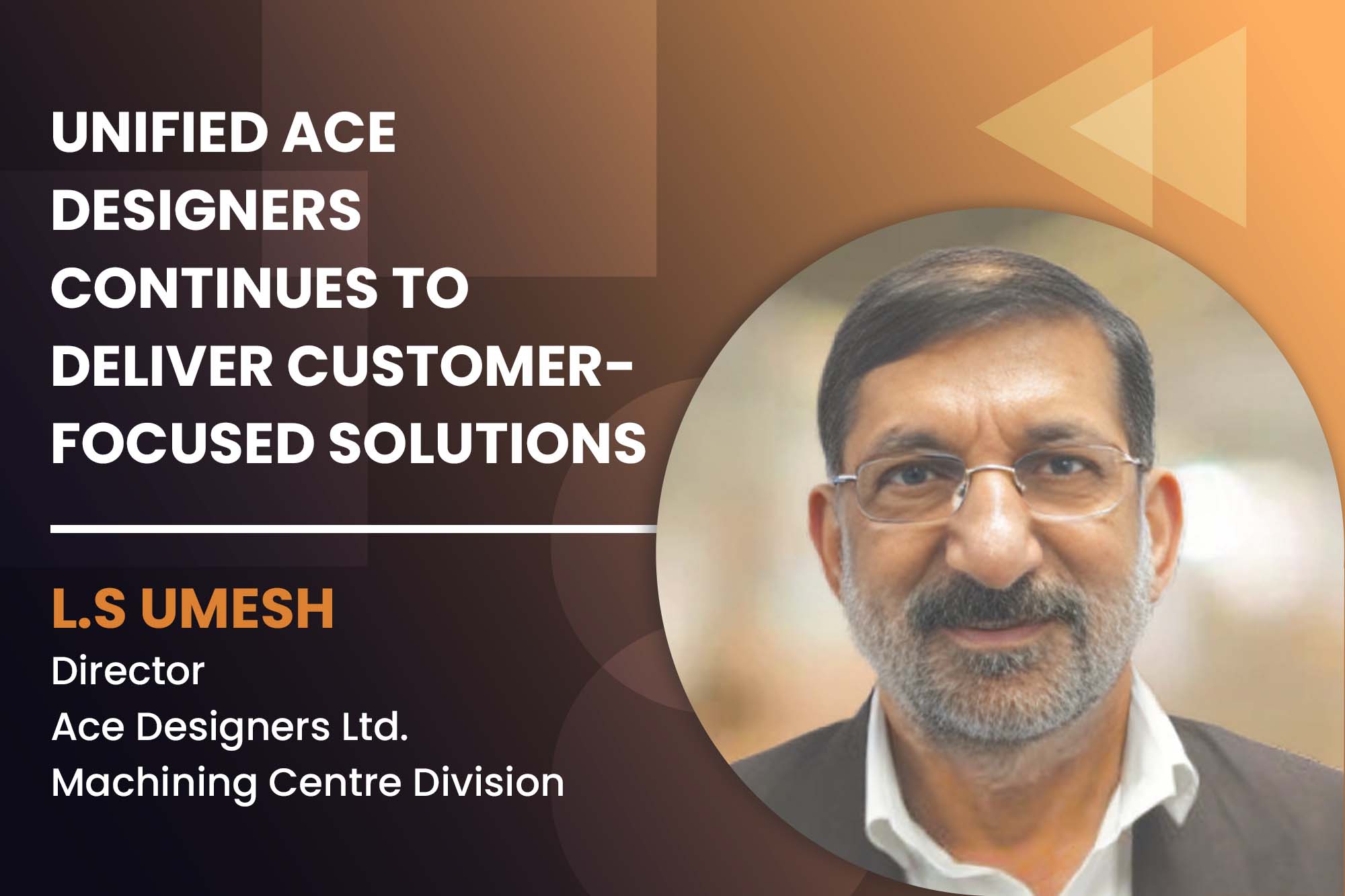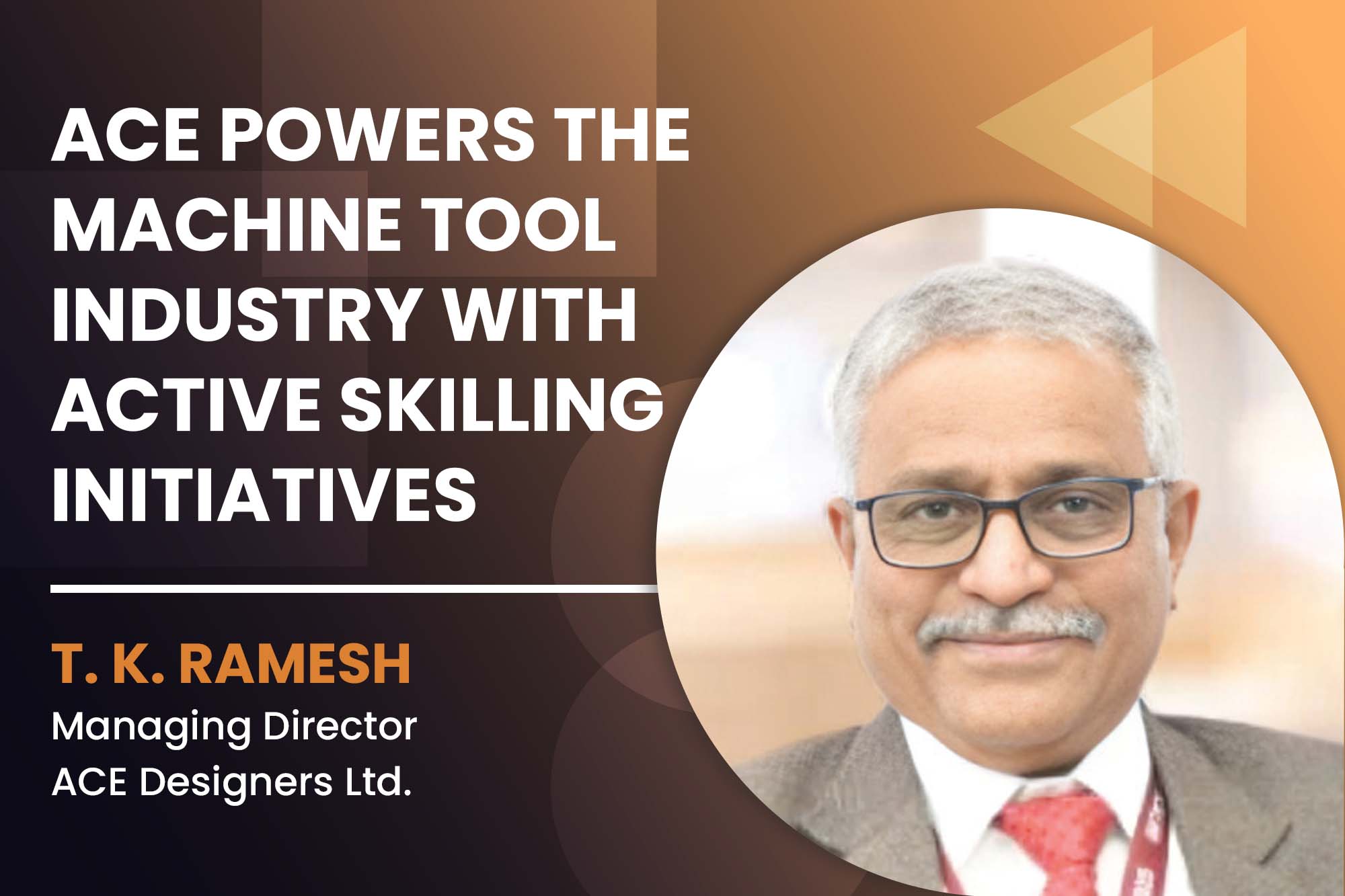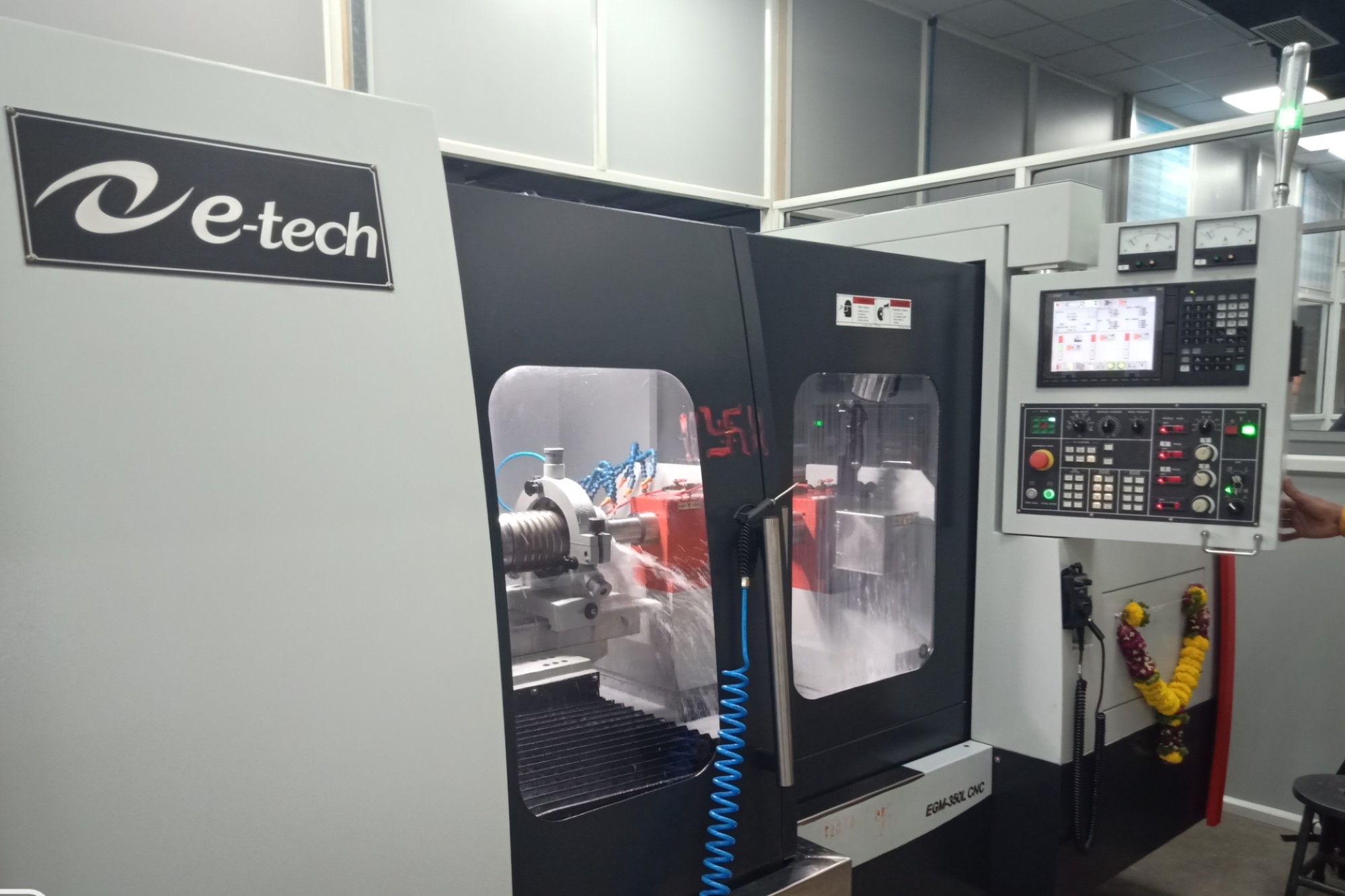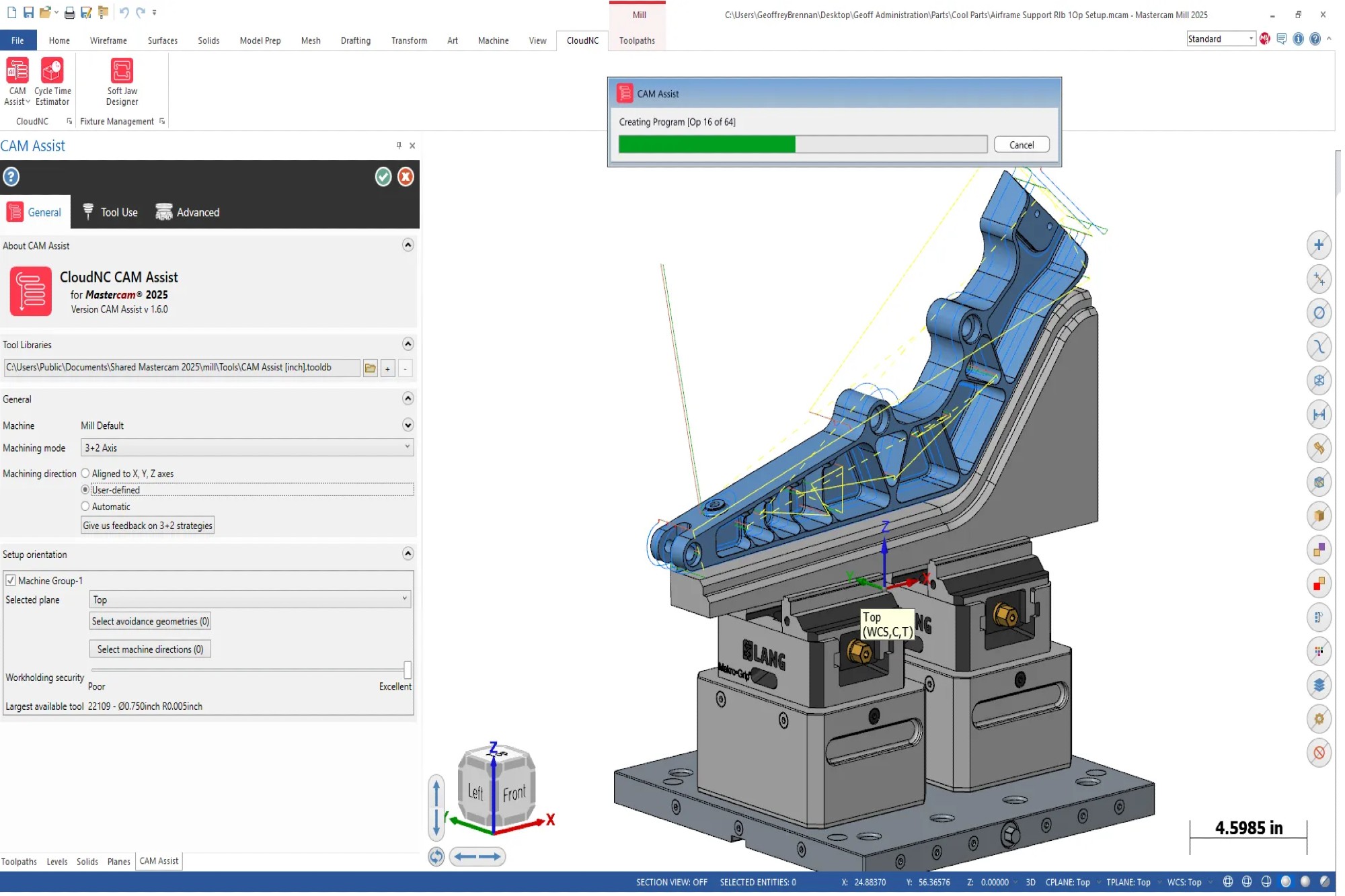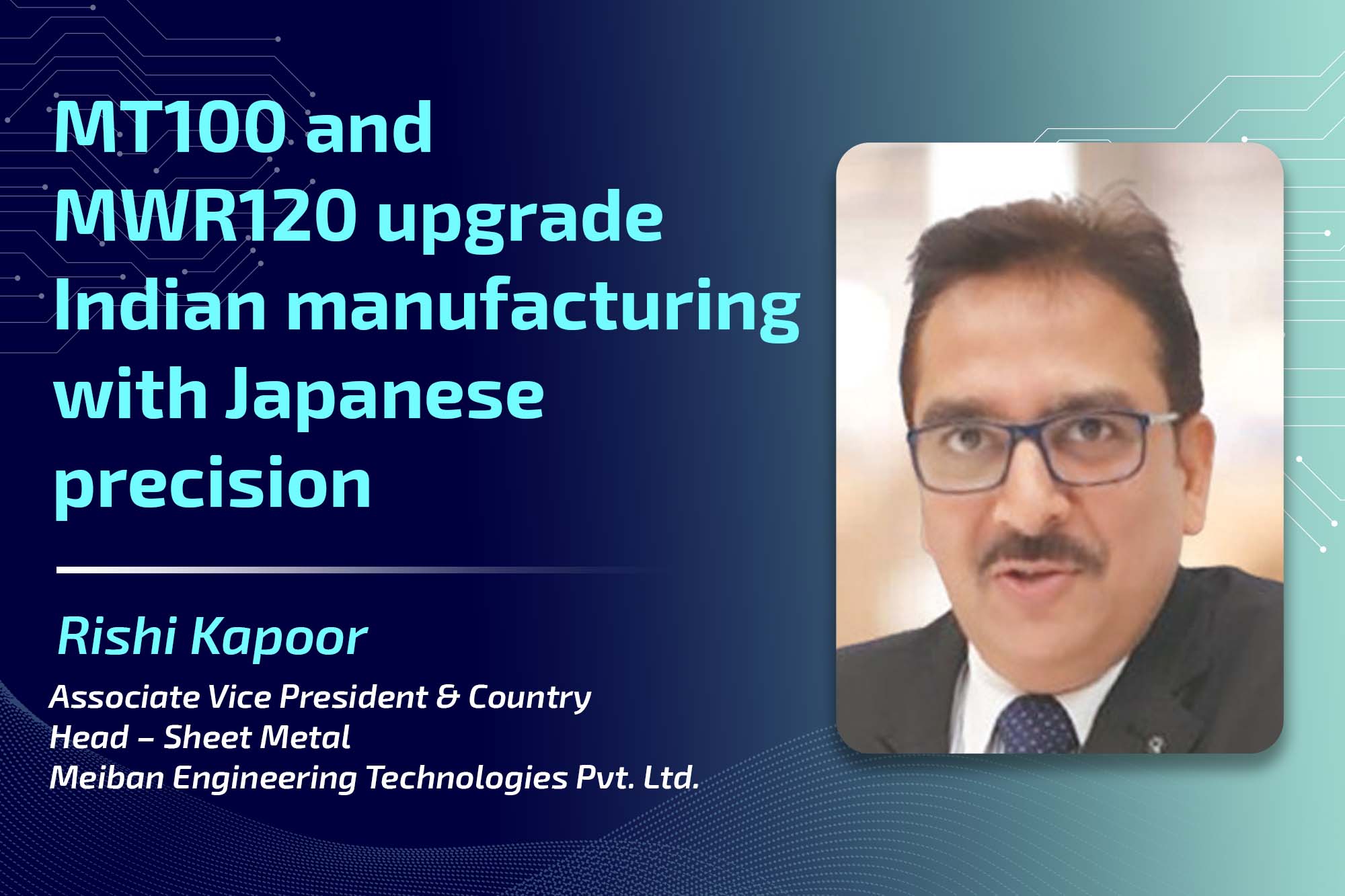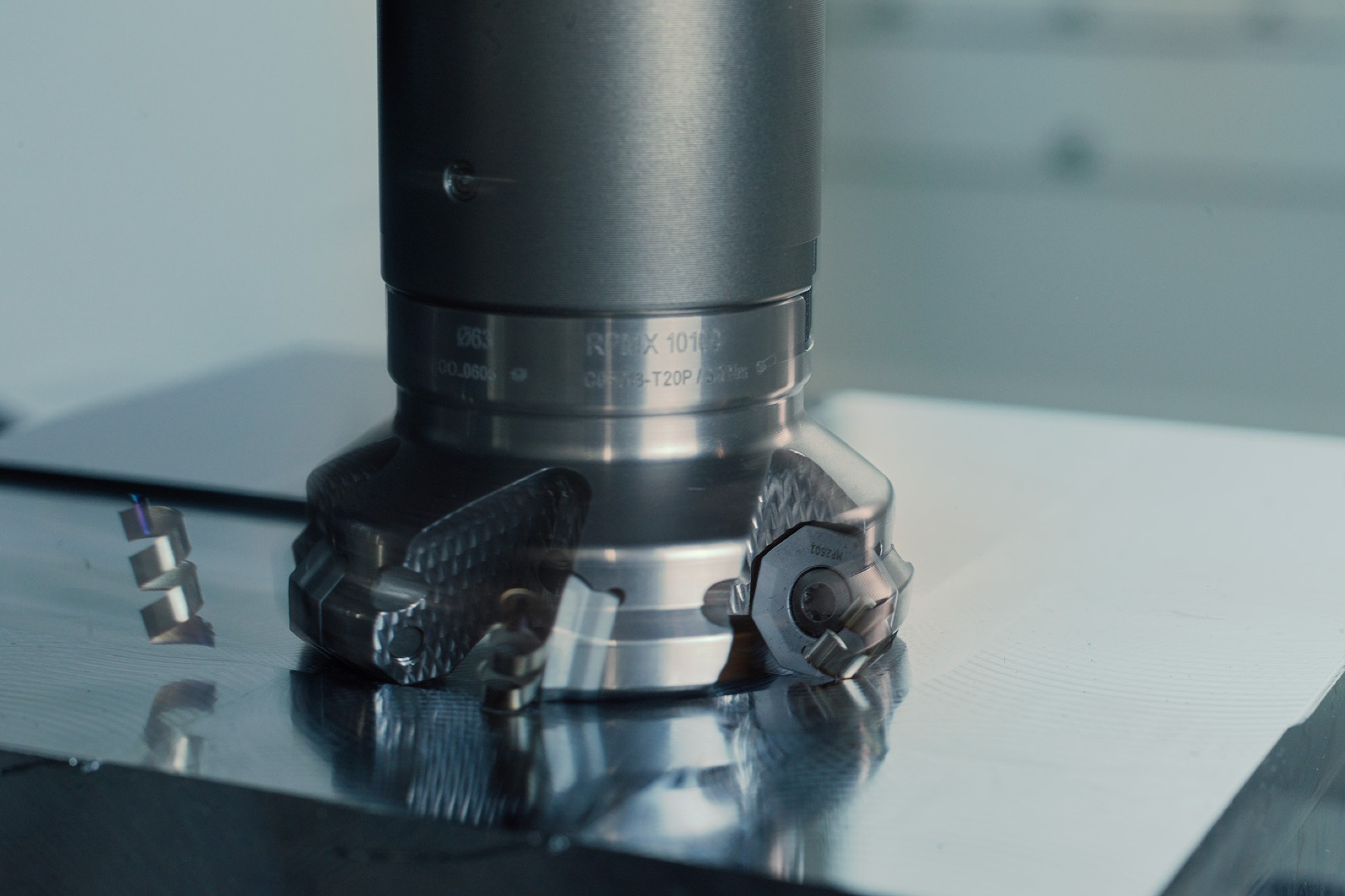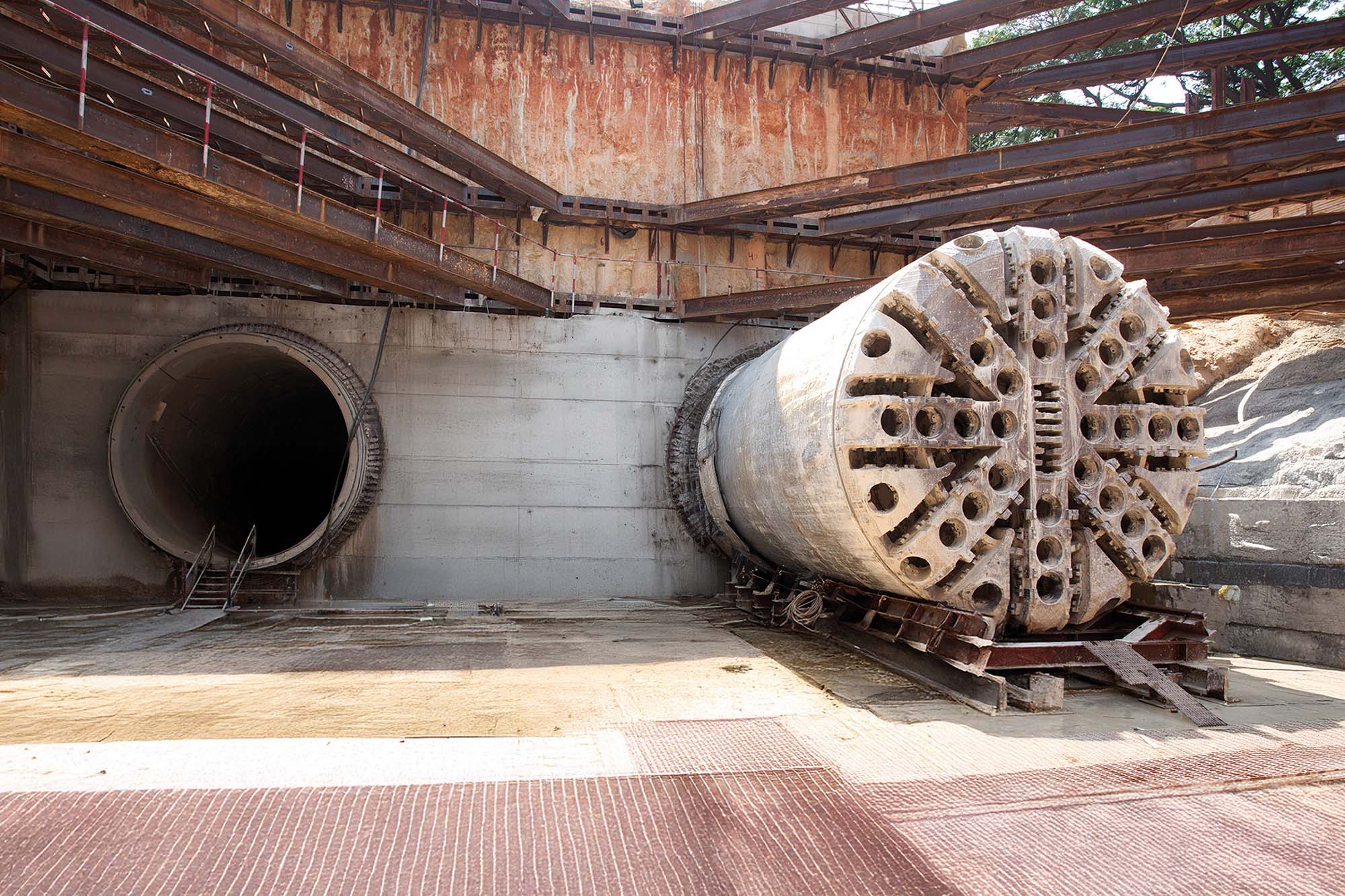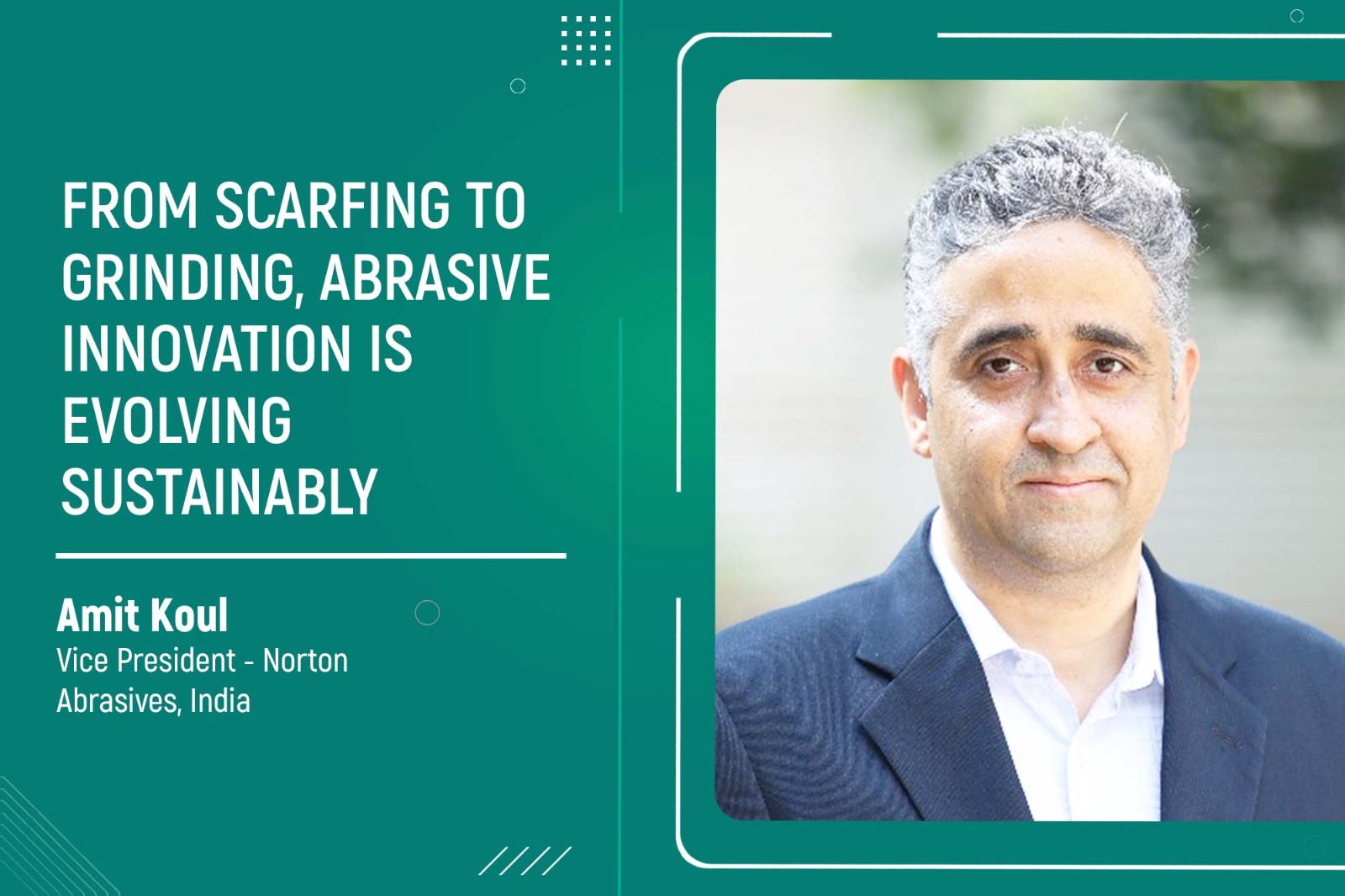Automotive and aerospace are at the forefront of technology progress
By OEM Update Editorial July 31, 2023 2:48 pm IST
According to Vineet Seth, Managing Director – South Asia & Middle East, Mastercam APAC, manufacturers can achieve real-time data collection and analysis by connecting machines through the Industrial Internet of Things, enabling predictive maintenance and streamlined production processes. These advancements are crucial for the promising growth potential of the metal-forming sector in India.
What is your outlook for the growth of metal-forming in India?
The growth potential for the Metal Forming sector in India is very positive. This is evident from its historical solid performance, mainly due to its significant role in catering to the automotive sector’s needs. The automotive and aerospace industries have been increasingly demanding lightweight materials, which is expected to continue as sustainability and fuel efficiency become more crucial considerations—moreover, the ongoing surge in manufacturing activities spurred by infrastructure projects and emerging manufacturing markets. The growing consumer demands will undoubtedly contribute to the positive development of the metal-forming sector in the country.
How does the integration of Industry 4.0 and digitisation impact machine tools?
The integration of Industry 4.0 and digitisation has significantly impacted machine tools. Through the Industrial Internet of Things (IIoT), Industry 4.0 facilitates smart manufacturing by connecting machines, equipment, and systems. Machine tools have sensors and communication capabilities, enabling real-time data collection and sharing. This connectivity offers enhanced monitoring, predictive maintenance, and data-based decision-making. The digitisation of machine tools results in the generation of large volumes of data. It can be analysed using advanced analytics and machine learning algorithms to predict maintenance requirements, reducing downtime and improving performance accurately. Manufacturers can remotely monitor and control production processes from various locations, allowing for swift issue resolution. Furthermore, integrating with supply chain management systems optimises production planning, inventory management, and resource allocation, streamlining manufacturing processes and promoting cost-effectiveness.
What new metal forming and 3D manufacturing technologies influence automotive and aerospace manufacturing?
The automotive and aerospace sectors are at the forefront of technological progress in cutting-edge metal cutting and forming processes. These industries are actively exploring Additive manufacturing/3D printing, including hybrid additive/subtractive techniques, to create complex aero-engine components and parts with conformal cooling needs. Hydroforming and superplastic forming are being employed to manufacture intricate components with reduced weight, which is highly advantageous for vehicle bodies and aircraft fuselages. Incremental sheet forming is also gaining popularity as a flexible and suitable solution for low-volume production and prototyping requirements. Additionally, hot forming produces lightweight, high-strength components with enhanced crash performance for safety-critical parts. Moreover, the demand for carbon fibre-reinforced composites is rising due to their excellent strength-to-weight ratios. As technology advances, these industries are projected to spearhead further advancements in forming technologies and 3D manufacturing processes.
The manufacturing industries have experienced significant positive impacts due to advancements in robotic welding and laser technology. These developments have enhanced efficiency, quality, and flexibility in various processes. Robotic welding setups, for instance, ensure precise and consistent welds for joints, while offline programming and simulation capabilities optimise robot utilisation and minimise downtime. Additionally, adaptive welding control allows real-time adjustments of parameters, ensuring high-quality welds even when dealing with workpiece variations. On the laser technology front, high-power fibre lasers have enabled faster cutting and welding speeds, resulting in increased productivity and cost reduction.
Moreover, when integrated with robots, laser-based additive manufacturing allows for the production of intricate, lightweight, and customised parts. Hybrid laser welding combines technologies to achieve improved weld quality and process control. Furthermore, laser cleaning and surface treatment have emerged as environmentally friendly and cost-effective alternatives.
How can manufacturing achieve a culture of continuous improvement and operational excellence?
Operational efficiency encompasses several critical factors, including human resources, machinery, and methods. Similarly, productivity is influenced by similar elements. Manufacturing productivity gauges the effective utilisation of resources in producing goods or services, while operational efficiency focuses on resource optimisation to achieve specific output levels. Machine tool manufacturers and other industries must establish a unified and integrated process to overcome challenges hindering productivity and efficiency. Some methods that can be implemented are process optimisation, technology modernisation, data-driven decision support systems, quality control, optimised maintenance, and efficient supply chain management. These all foster a culture of continuous improvement, skill development, and performance measurement, with corrective actions as essential steps. It is also important to remember that this is an ongoing process aimed at maintaining a positive balance in the long term rather than a one-time activity.
Cookie Consent
We use cookies to personalize your experience. By continuing to visit this website you agree to our Terms & Conditions, Privacy Policy and Cookie Policy.



